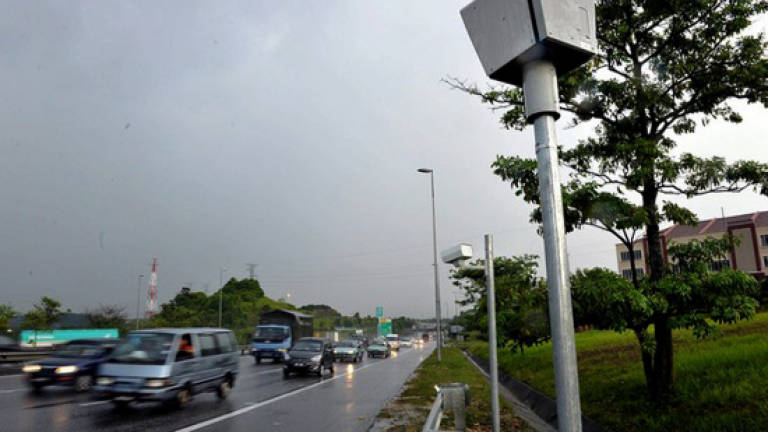Road safety expert calls for mobile AES cameras

PETALING JAYA: Just over a week after the Automated Awareness Safety System (Awas) was implemented, a road safety expert has called on the government to introduce mobile Automated Enforcement System (AES) cameras.
Universiti Putra Malaysia Road Safety Research Centre head Associate Prof Dr Law Teik Hua said this was to nab errant motorists who are driving above the speed limit or beat a red light, off guard.
"The effect of Awas presently is somewhat limited, because motorists know first hand where these AES cameras are located, and will be more cautious when driving or riding pass them.
"So instead of using the current fixed AES cameras, maybe we can also introduce mobile ones," he told theSun today.
Law said the police should also be given a bigger role in Awas and the Kejara demerit point system, with demerit points only given to those who are caught by AES cameras under the current system limiting its overall effect.
Presently, only those who are caught speeding and beating the traffic light by the 14 AES installed cameras nationwide are subjected to the demerit points.
However, the Transport Ministry has said previously that more cameras would be installed, and more offences would be listed under the system in the future.
It was reported that 13,096 summonses have been issued in the first five days since Awas was implemented on April 15, 11,556 of them for speeding.
"I think this (huge number of offenders) is because many still do not understand what Awas is and the consequences they face, or it is our culture of not being afraid (of the law). Which is exactly why these errant motorists should be punished," he said.
On the possibility that drivers would continue driving despite having their licences suspended due to accumulated Kejara demerit point, Law said the authorities should act swiftly and act sternly to avoid such cases.
Awas traffic offenders will be given incremental penalties for every 20 points picked up, ranging from a warning to having their licences suspended.
There are currently 14 AES cameras operating throughout the country, which were installed as the project's first phase in September 2012.
Ten of the cameras are speed traps ranging from the speed limit of 60km/h to 110km/h, while the rest are traffic light cameras to capture vehicles running red lights.
Speed cameras are primarily placed on highways such as the North-South Expressway or roads where speeding is common, whereas traffic light cameras are placed on busy roads where drivers often attempt to beat the light.